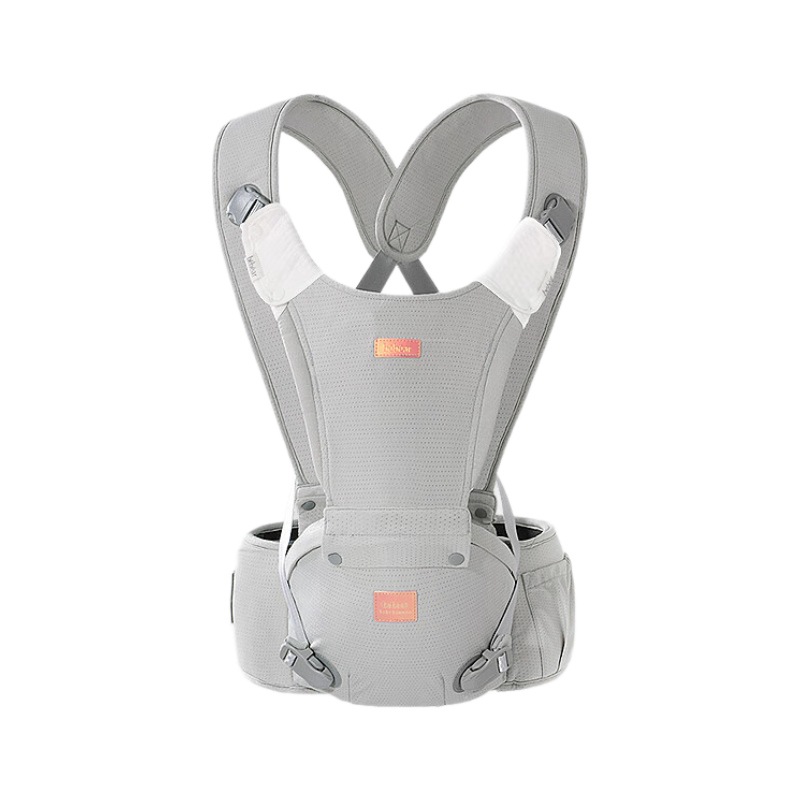Choosing a baby carrier that suits different body types and provides comfort for both the parent and the baby is essential. Here’s a guide to help you make the right choice, along with important details to consider.

1. Understand Different Carrier Types
Soft Structured Carriers (SSCs): These offer a blend of comfort and support, with padded straps and a structured seat. They are adjustable and often suitable for various body types.
Wraps: Made from long pieces of fabric, wraps can be customized to fit any body type but may require more practice to tie securely.
Ring Slings: These are adjustable and can accommodate different body shapes. They provide quick access but may not distribute weight as evenly as SSCs.
Mei Tais: These combine features of wraps and SSCs, offering adjustability and support. They can be suitable for different body types if properly adjusted.
2. Fit and Adjustability
- Adjustable Straps: Look for carriers with adjustable shoulder straps and waistbands to accommodate different body sizes.
- Hip Belt: A supportive hip belt can help distribute the baby’s weight evenly, reducing strain on the back.
- Height and Width Adjustability: Ensure the carrier can adjust to fit your baby as they grow, maintaining proper ergonomic support.
3. Weight Distribution
- Wide Straps: Padded, wide straps help distribute weight more evenly across your shoulders and back.
- Crossable Straps: Some carriers allow you to cross the straps for additional support, which can be helpful for different body types.
4. Comfort Features
- Padding: Look for adequate padding in the shoulder straps and waist belt to prevent discomfort during extended use.
- Breathable Fabric: Choose carriers made from breathable materials to keep both you and your baby comfortable, especially in warmer climates.
5. Ease of Use
- Quick Adjustments: Consider how easily you can adjust the carrier, especially if you’ll be switching between different users.
- Front and Back Carry Options: Choose a carrier that offers multiple carrying positions for versatility.
6. Safety Features
- Seat Depth: Ensure the carrier provides a deep seat for the baby, promoting a proper ergonomic position (knees higher than the bottom).
- Sturdy Buckles: Check for high-quality buckles that secure the carrier safely.
7. Test Before You Buy
Whenever possible, try on different carriers to see how they feel. Make sure you can comfortably adjust the fit and check how it feels with your baby inside.
Conclusion
Choosing the right baby carrier involves understanding your body type, the baby’s needs, and the features of different carriers. Prioritize comfort, adjustability, and safety to find a carrier that works for you. Taking the time to evaluate these factors will lead to a more enjoyable carrying experience for both you and your baby.